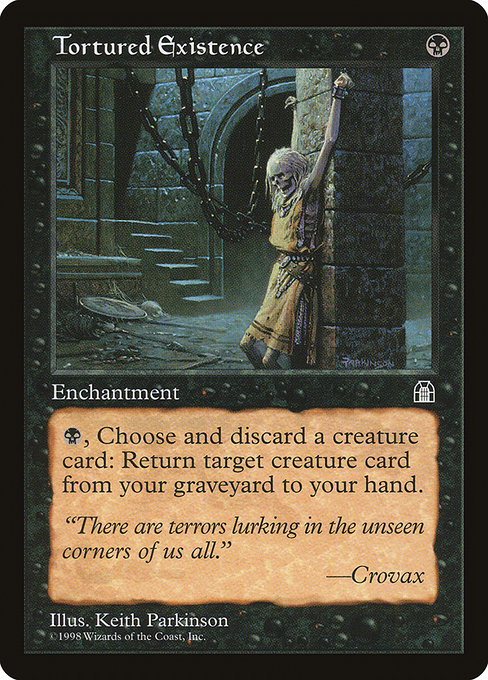Deck & Commander Strategies

Zurgo Stormrender
Aggressively generate attacking warrior tokens that must be sacrificed at end of turn to draw cards or deal damage, creating continuous pressure through repeated combat steps and card advantage.

Eshki, Temur's Roar
Cast and attack with dragons to trigger milling and land return effects, leveraging the graveyard to replay lands and maintain a steady flow of threats and resources.

Teval, the Balanced Scale
Utilize life gain and loss to place +1/+1 counters on creatures, proliferate counters, and create zombie tokens from graveyard interactions, aiming for incremental board growth and sustained value.

Betor, Ancestor's Voice
Balance life loss and life gain effects to gain value from graveyard recursion, leveraging creatures that benefit from life fluctuations and graveyard interactions to build a resilient board state.
Gameplay Insights
- 1
Zurgo's strategy to generate attacking tokens that must be sacrificed at end of turn creates a steady stream of card draw and incremental life loss to opponents, maintaining constant pressure.
- 2
Teval's use of proliferate to increase counters on creatures and permanents synergizes well with life gain triggers, enabling steady growth of board presence and effectiveness of attacks.
- 3
Eshki's milling and land recursion mechanics allow it to maintain resource advantage by replenishing lands from the graveyard, supporting sustained aggression with dragons.
- 4
Betor's graveyard recursion strategy was hindered early due to exile replacement effects, illustrating the challenge of graveyard-centric decks in environments with heavy exile mechanics.
- 5
Combat phases with multiple attacking tokens and double blocks were critical moments for card draw and life total manipulation, often shifting the game's momentum.
- 6
The interaction between token sacrifices triggering card draws and life loss damage was a key synergy exploited by Zurgo and reinforced by other decks' incremental damage strategies.
Notable Cards
-

Zurgo Stormrender
-

Eshki, Temur's Roar
-

Teval, the Balanced Scale
-

Betor, Ancestor's Voice
-

Tortured Existence
-

Hero of Bladehold
Gameplay Summary
The game opened with all four players rapidly developing their boards and ramping mana to cast their commanders and supporting creatures.
Zurgo Stormrender's aggressive token generation and combat damage triggers put early pressure on opponents, while Eshki, Temur's Roar focused on casting dragons and milling cards to generate value.
Teval, the Balanced Scale utilized a mix of life gain, proliferate, and sacrifice mechanics to build board presence with zombies and counters.
Betor, Ancestor's Voice balanced life loss and life gain effects, aiming to leverage graveyard interactions and value from creatures entering and leaving the battlefield. Key turning points included Zurgo's combat phase where multiple attacking tokens and sacrifice triggers drew cards and chipped opponents' life totals, shifting momentum.
Teval's ability to mill cards and return lands from the graveyard helped maintain resource advantage and board presence, while proliferate effects amplified counters on creatures and permanents, enhancing durability and damage output.
Betor's graveyard synergy was limited initially due to exile effects preventing cards from hitting the graveyard, which slowed their recursion strategy.
The game showcased strong tempo swings from combat-focused decks and strategic use of proliferate and sacrifice mechanics, setting up multiple overlapping win conditions through incremental damage, board control, and resource advantage.














![Tarkir: Dragonstorm PACK TACTICS ft. Teval, Felothar, Eshki, Zurgo [ EDH / Commander Gameplay ] thumbnail](https://i.ytimg.com/vi/hZuA4Kdlt04/sddefault.jpg)


















